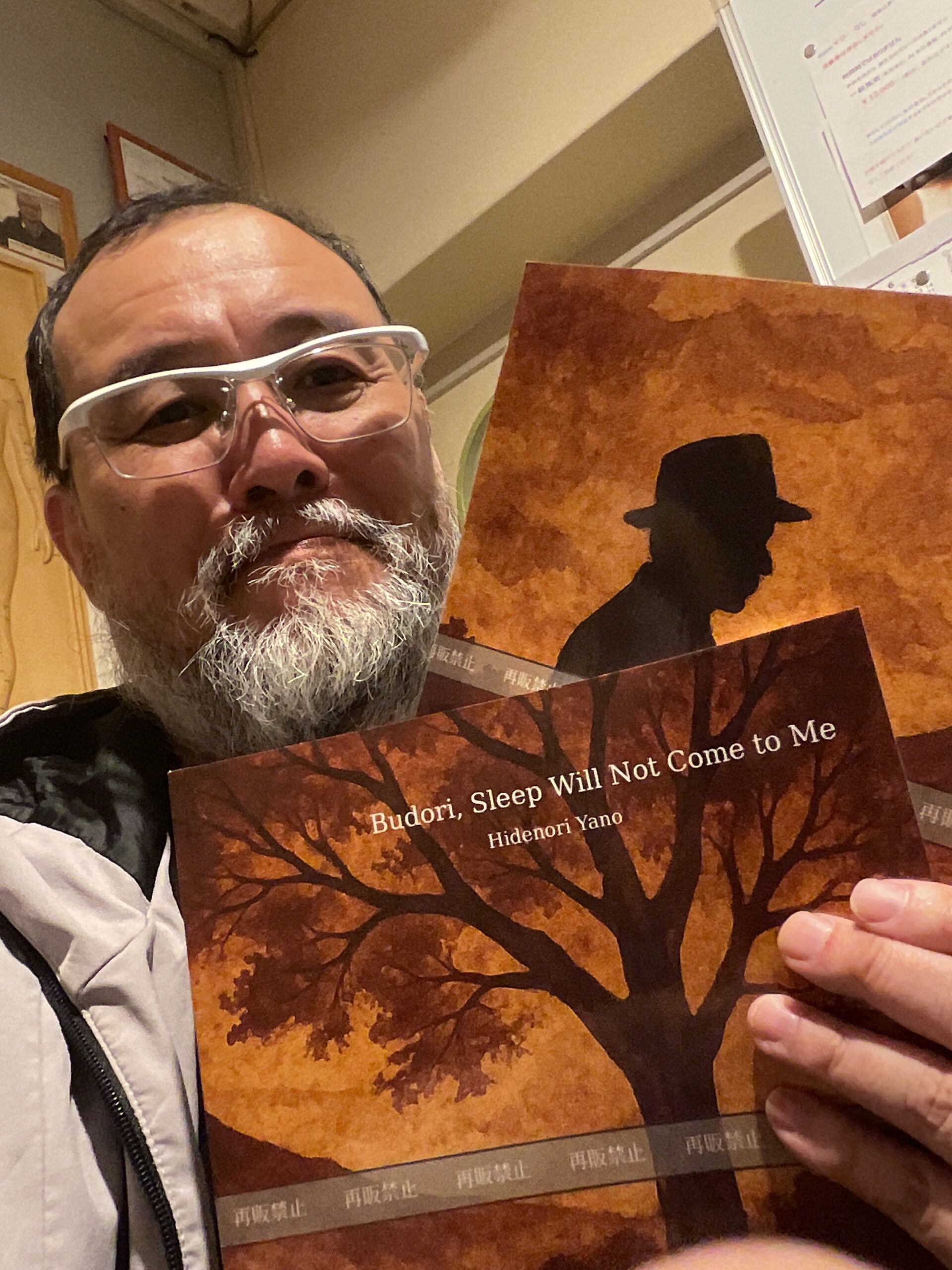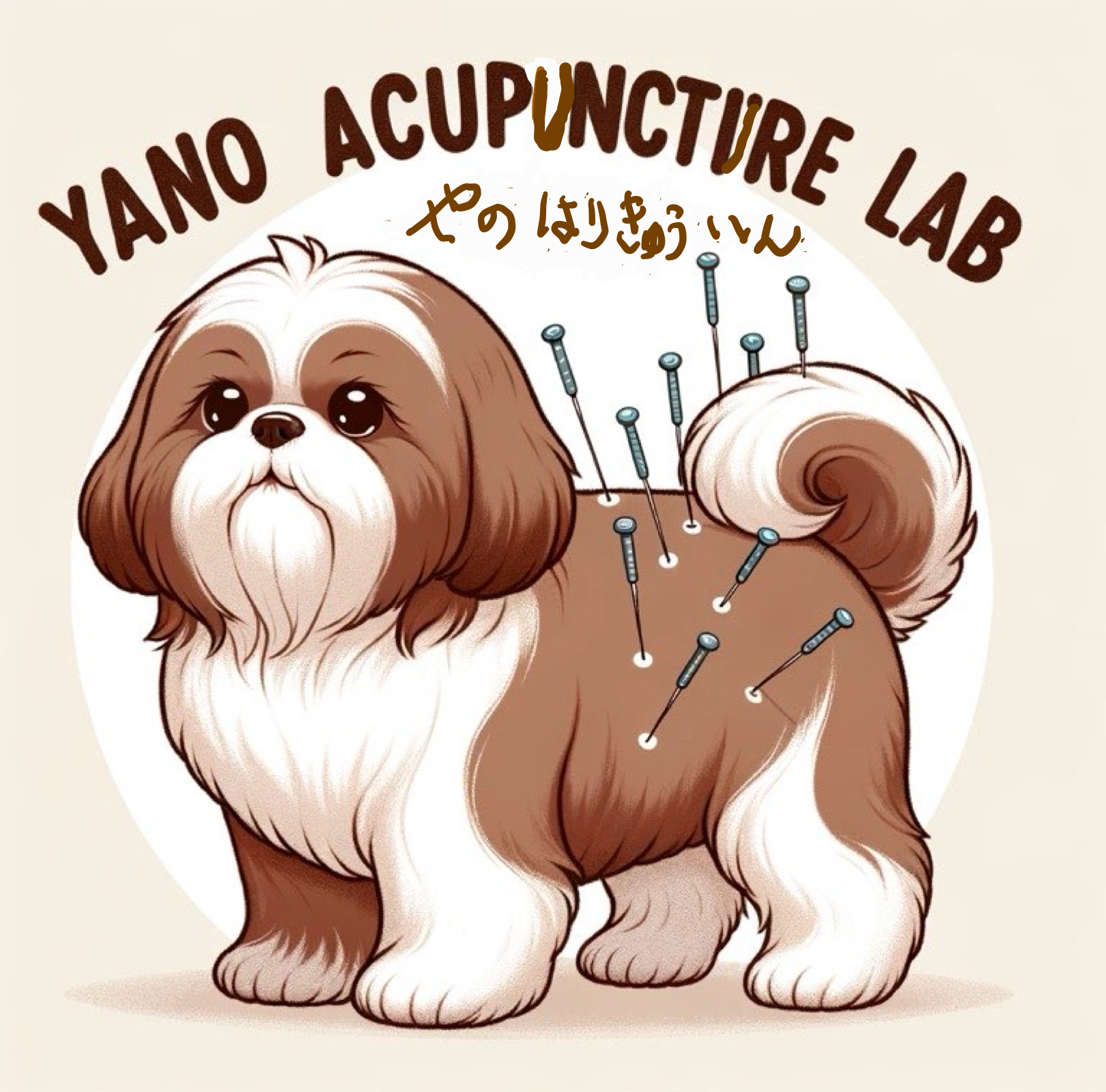
Acupuncture and moxibustion, integral components of traditional Japanese medicine, have been practiced for over a millennium, offering holistic solutions for pain relief, stress management, and overall wellness. Rooted in the principles of balancing the body’s Qi (energy flow), these therapies have evolved uniquely in Japan, blending ancient Chinese techniques with local cultural and medical adaptations. In the Chiba Prefecture, particularly in Shin-Urayasu, Ichikawa, and Gyotoku, several clinics provide these time-honored treatments, catering to both local residents and visitors. This article explores the offerings, benefits, and unique aspects of acupuncture and moxibustion clinics in these areas, highlighting their significance in promoting health and well-being.
Understanding Acupuncture and Moxibustion
What is Acupuncture?
Acupuncture involves the insertion of fine, sterile needles into specific points on the body, known as acupoints, to stimulate the flow of Qi and restore balance. In Japan, acupuncture is characterized by its gentle, minimally invasive techniques, often using thinner needles and shallower insertions compared to traditional Chinese methods. This approach makes it suitable for a wide range of patients, including children and those sensitive to pain. Acupuncture is widely recognized for its efficacy in treating conditions such as chronic pain, migraines, stress, and even digestive disorders.
What is Moxibustion?
Moxibustion complements acupuncture by applying heat to acupoints through the burning of moxa (dried mugwort). The moxa is shaped into small cones or sticks and ignited either directly on the skin or indirectly above it. The warmth penetrates deeply, improving blood circulation, alleviating pain, and boosting the immune system. In Japan, moxibustion is often used for conditions like arthritis, back pain, insomnia, and fatigue, and it is frequently combined with acupuncture for enhanced therapeutic effects.
The Japanese Approach
Japanese acupuncture and moxibustion emphasize precision, gentleness, and a holistic approach to healing. Influenced by Zen and Shinto philosophies, these practices focus on harmonizing the body, mind, and environment. Clinics in Japan often integrate palpation-based diagnostics and non-insertive techniques, such as Tei Shin or Shoni Shin (pediatric acupuncture), making treatments accessible to diverse patient groups. The cultural reverence for these practices is evident in events like the Hari Matsuri (Needle Festival), where used needles are ceremonially retired, reflecting the deep respect for this healing art.
Acupuncture and Moxibustion in Shin-Urayasu
Tashiro Shinkyuin: A Beacon of Holistic Care
Located in Shin-Urayasu, Tashiro Shinkyuin stands out for its commitment to gentle acupuncture and moxibustion treatments. Directed by Kazuhiro Tashiro, a 2011 graduate of the Acupuncture and Moxibustion Night Course at Sorei Gakuen, the clinic specializes in addressing issues related to the autonomic nervous system, psychological conditions, and gynecological disorders. Tashiro’s approach is rooted in his belief that acupuncture and moxibustion can address conditions often overlooked by Western medicine, such as sleep disorders and stress-related ailments.
The clinic operates from a unique location within a condominium complex, a choice influenced by Tashiro’s practical approach to finding affordable space post the 2011 Tohoku Earthquake. Open from Tuesday to Friday (9:00 AM–12:00 PM and 8:00 PM–10:00 PM) and Saturday (9:00 AM–12:00 PM and 2:00 PM–5:00 PM), Tashiro Shinkyuin requires reservations, ensuring personalized care. The clinic’s focus on soft, gentle techniques makes it ideal for patients seeking non-invasive treatments for chronic conditions or preventive care.
Why Choose Tashiro Shinkyuin?
Tashiro Shinkyuin’s emphasis on the autonomic nervous system makes it particularly appealing for residents in Shin-Urayasu, an area known for its education-driven culture. Tashiro has noted a rise in sleep disorders among students due to academic pressure, which his clinic addresses through tailored acupuncture sessions. The clinic’s community-oriented approach, combined with its focus on patient education, ensures that clients understand the benefits of their treatments, fostering long-term wellness.
Acupuncture and Moxibustion in Ichikawa
Acubase Acupuncture Massage Clinic: A Holistic Haven
In Ichikawa, Acubase Acupuncture Massage Clinic is a prominent destination for those seeking traditional Japanese acupuncture and moxibustion. Conveniently located near several train stations, including Keiseinakayama and Onigoe, the clinic is accessible to a broad clientele. Acubase integrates acupuncture with massage and moxibustion, offering a comprehensive approach to pain management, stress relief, and overall health improvement.
The clinic employs licensed acupuncturists trained in Japanese techniques, focusing on gentle needling and precise moxibustion applications. This approach is particularly effective for conditions like chronic back pain, arthritis, and stress-related symptoms, which are common in Ichikawa’s fast-paced urban environment. Acubase also caters to visitors, offering introductory sessions that combine acupuncture with shiatsu massage, making it a popular choice for those exploring traditional Japanese medicine.

Community Impact
Ichikawa’s diverse community, with its mix of historic sites like Katsushika Hachimangu and modern attractions like I-link Town Observatory, benefits from Acubase’s holistic services. The clinic’s ability to address both physical and psychological conditions aligns with the needs of a population navigating the stresses of modern life while valuing cultural traditions. Positive patient feedback highlights the clinic’s role in fostering well-being, with many reporting significant improvements in mobility and mental clarity.
Acupuncture and Moxibustion in Gyotoku
Limited but Growing Presence
Gyotoku, a quieter residential area compared to Shin-Urayasu and Ichikawa, has fewer dedicated acupuncture and moxibustion clinics. However, the region benefits from the proximity to Ichikawa’s Acubase and other nearby facilities. Some clinics in Gyotoku offer mobile or in-home services, such as those provided by Ritajinenn Corporation’s “Rs” (Senior Rehabilitation and Day Care, In-Home Acupuncture and Moxibustion). These services cater to elderly patients or those with mobility issues, bringing the benefits of moxibustion directly to their homes.
Potential for Growth
The demand for traditional Japanese medicine in Gyotoku is growing, driven by an aging population and increasing awareness of holistic therapies. Clinics like Acubase in nearby Ichikawa often extend their services to Gyotoku residents, offering workshops or outreach programs to educate the community about acupuncture’s benefits. As Gyotoku continues to develop, there is potential for new clinics to emerge, focusing on gentle techniques and community-based care.
Benefits of Acupuncture and Moxibustion in These Areas
Health Benefits
Acupuncture and moxibustion offer numerous health benefits, supported by both traditional knowledge and modern research. These include:
Pain Management: Effective for chronic conditions like arthritis, migraines, and lower back pain by stimulating endorphin release.
Stress and Anxiety Relief: Regulates 鍼灸院 新浦安 the nervous system, promoting relaxation and mental clarity, which is crucial in urban settings like Shin-Urayasu and Ichikawa.
Improved Circulation: Moxibustion enhances blood flow, aiding in recovery from injuries and reducing fatigue.
Holistic Wellness: Addresses the root causes of ailments, aligning with Japan’s cultural emphasis on balance and harmony.
Cultural and Community Significance
In Shin-Urayasu, Ichikawa, and Gyotoku, these clinics serve as cultural touchstones, preserving Japan’s rich medical heritage while addressing modern 鍼灸院 市川 health challenges. The integration of traditional practices with contemporary needs, such as managing stress from academic pressure or urban lifestyles, underscores their relevance. Clinics like Tashiro Shinkyuin and Acubase foster community trust through personalized care and patient education, reinforcing the value of traditional Japanese medicine.
Choosing the Right Clinic
When selecting an acupuncture and moxibustion clinic in these areas, consider the following:
Practitioner Credentials: Ensure the clinic employs licensed acupuncturists with training in Japanese techniques, like those at Tashiro Shinkyuin or Acubase.
Treatment Style: Look for clinics offering gentle, non-invasive methods, especially if you’re new to acupuncture.
Accessibility: Check the clinic’s location and hours. Tashiro Shinkyuin’s evening hours cater to working professionals, while Acubase’s proximity to train stations enhances convenience.
Patient Reviews: High ratings, such as those for Acubase, indicate reliability and patient satisfaction.
Acupuncture and moxibustion clinics in Shin-Urayasu, Ichikawa, and Gyotoku offer a gateway to holistic healing, blending Japan’s ancient medical traditions with modern therapeutic needs. Tashiro Shinkyuin in Shin-Urayasu excels in addressing autonomic and psychological issues, while Acubase in Ichikawa provides comprehensive care for 鍼灸院 行徳 a diverse clientele. Although Gyotoku’s offerings are less extensive, the region benefits from nearby services and growing interest in traditional medicine. These clinics not only alleviate physical and mental ailments but also embody Japan’s cultural commitment to balance and well-being, making them invaluable assets to their communities.